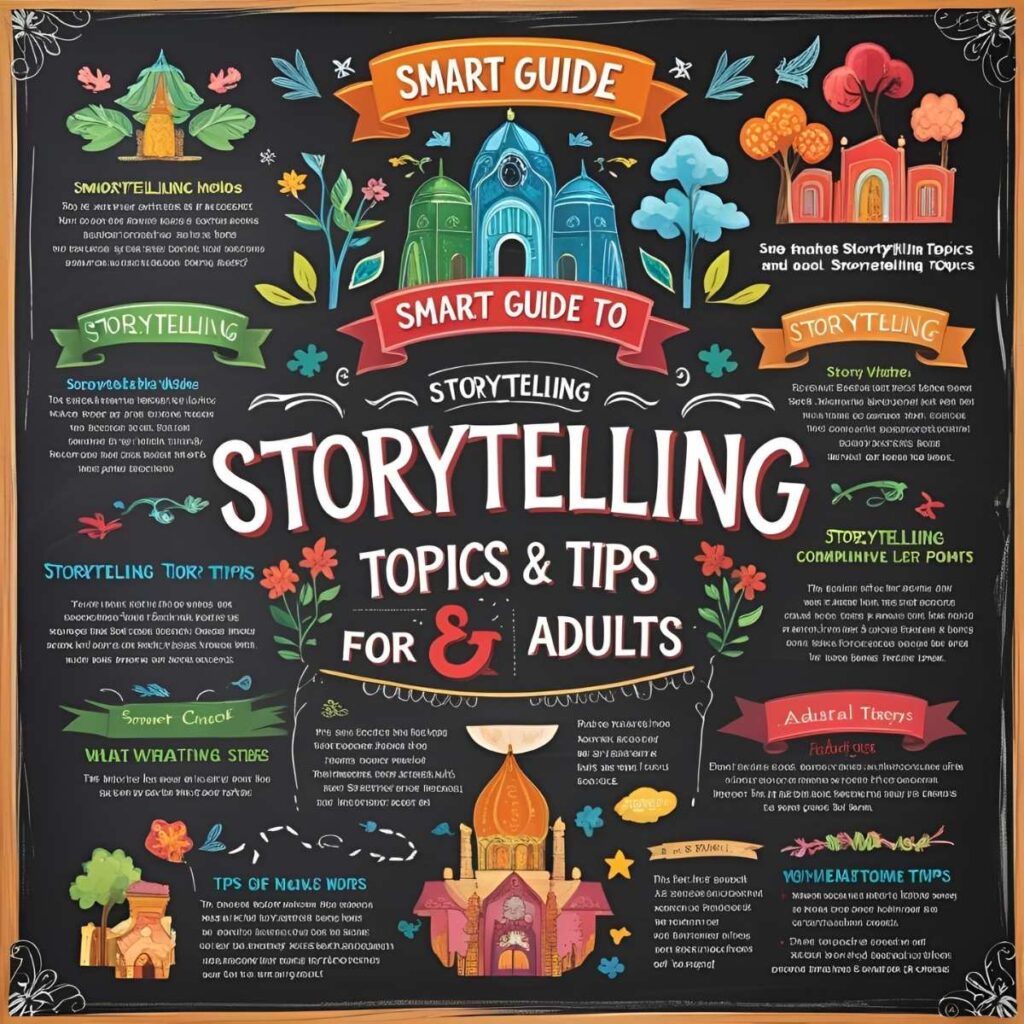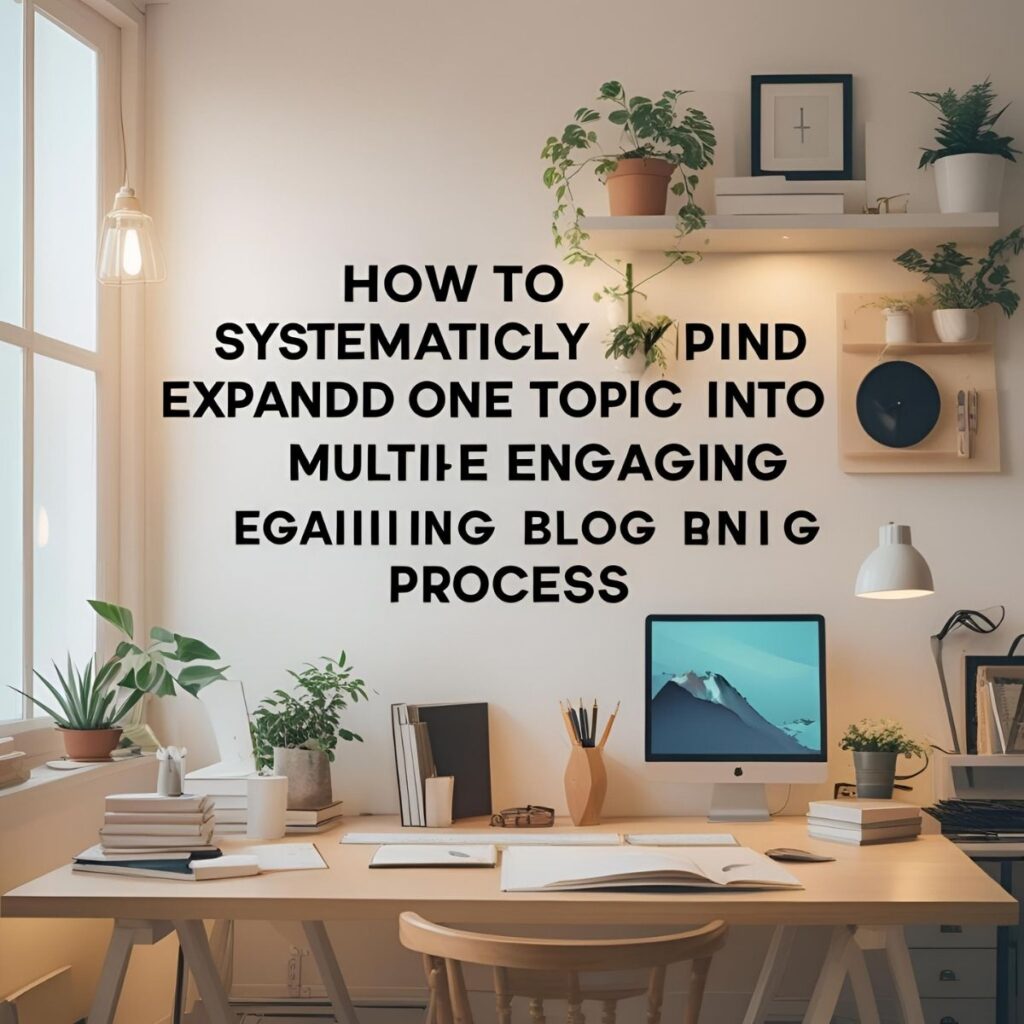In today’s competitive digital space, smart content creators know that one topic can fuel a dozen powerful blog posts.
Explore your favorite topics from every angle, tailored to your unique interests.
Each topic unfolds into multiple engaging stories, offering diverse perspectives and deeper insight.
From ideas to narratives, we bring your subjects to life—one story at a time.
Instead of constantly hunting for new ideas, mastering the skill of breaking down one core topic into multiple SEO-optimized articles is a content strategy game-changer. This approach saves time, boosts search rankings, and keeps your audience engaged.
In this article, you’ll learn how to turn one topic into multiple blog posts that drive traffic, improve authority, and align perfectly with user search intent.
Why Creating Multiple Blog Posts From One Topic Works

- Improves SEO: You target several long-tail keywords instead of just one.
- Boosts Topical Authority: Google rewards websites that cover a topic comprehensively.
- Increases Engagement: Different formats (guides, lists, opinions) cater to diverse reader preferences.
- Content Efficiency: Maximizes ROI on your research and writing effort.
📚 Smart Guide to Storytelling Topics & Tips for Adults

1. Storytelling Topics for Adults
Adults often enjoy deeper, more meaningful themes. Here are some powerful storytelling topics for grown-ups:
- Redemption and second chances
- Overcoming adversity
- Family secrets and their impact
- Mental health and emotional growth
- Workplace drama or success stories
- Historical fiction with real-life lessons
- Midlife transformation or self-discovery
- Relationships and personal boundaries
2. How to Post Multiple Stories
If you’re posting on platforms like Instagram or Facebook:
- Open the story feature
- Select multiple photos/videos (usually by tapping “Select Multiple” or long-pressing one image)
- Arrange them in order
- Add stickers, text, or music individually if needed
- Post all at once or schedule them back-to-back
On writing platforms (like Wattpad or Medium):
- Organize stories into a series
- Label them as “Part 1, Part 2,” etc.
- Use consistent tags and cover designs for clarity
3. What to Do When You Have Too Many Story Ideas
Too many ideas? Here’s how to manage:
- Write them down immediately in a journal or note app
- Group similar ideas to form longer stories or series
- Choose one to focus on and set deadlines
- Recycle unused ideas later for subplots or other works
- Use mind maps or outlines to stay focused
4. Stories Multiple
If you’re looking to create multiple stories:
- Decide whether they will be connected (like a series) or standalone with a common theme
- Create a shared universe or recurring character
- Keep tone, voice, and audience consistent
5. Urdu Stories Topics
Here are some storytelling topics especially suited for Urdu language and culture:
- معاشرتی مسائل (Social issues)
- دیہاتی زندگی کی کہانیاں (Village life)
- روحانی سفر (Spiritual journey)
- تاریخی کہانیاں (Historical tales)
- محبت اور قربانی (Love and sacrifice)
- خاندانی روایات (Family traditions)
6. Short Stories Topic
Perfect topics for writing short stories:
- A chance encounter with a stranger
- A letter that changes everything
- One day that alters someone’s life
- A mysterious phone call
- A moral dilemma
- Lost and found moments
7. My Topic
If you’re referring to your own storytelling topic — think about:
- What themes matter most to you?
- What message do you want to share?
- What’s a personal experience or idea you’re passionate about?
Example: If you’re passionate about travel, your topic could be: “Lessons from a Solo Journey Around the World.”
Step-by-Step Guide to Expanding One Topic Into Multiple Blog Posts

✅ Step 1: Start With a Broad Topic
Choose a general keyword like “Digital Marketing” or “Healthy Eating.”
✅ Step 2: Break It Into Subtopics
Use tools like Google’s “People Also Ask,” AnswerThePublic, or SEMrush.
Example for “Digital Marketing”:
- What is digital marketing?
- How to start a digital marketing agency?
- Email marketing strategies for beginners
- SEO vs. PPC: Which is better?
✅ Step 3: Use Topic Clustering
Group related subtopics under one pillar page and link to them internally.
This improves crawlability and authority.
✅ Step 4: Vary Content Formats
- How-to Guides
- Case Studies
- Opinion Pieces
- Interviews
- Listicles
- FAQs
✅ Step 5: Optimize Each Post Separately
- Use unique meta titles and descriptions
- Include internal links
- Target specific long-tail keywords
- Add engaging visuals and CTAs
Real-Life Example – Topic Expansion in Action

Main Topic: “Remote Work”
Expanded Posts:
- How Remote Work is Changing Company Culture
- Top 10 Tools for Remote Teams in 2025
- Remote Work vs Office Jobs: Pros and Cons
- How to Stay Productive While Working From Home
- Best Practices for Managing Remote Employees
This method can be applied to any niche—education, travel, technology, health, finance, etc.
Tools to Help You Generate Multiple Blog Ideas From One Topic

- Ubersuggest
- SEMrush Topic Research
- AnswerThePublic
- ChatGPT (content idea generation)
- Google Trends
Use these tools to validate interest and search volume.
SEO Tips to Maximize Performance Across All Posts
- Use schema markup for FAQs and How-Tos.
- Compress images to improve page speed.
- Use internal links wisely for better authority flow.
- Answer real search intent (What does the user want to know?)
- Update older posts regularly to keep them relevant.
Common Mistakes to Avoid
- ❌ Keyword cannibalization (using the same focus keyword in multiple posts)
- ❌ Writing duplicate content
- ❌ Not optimizing headlines for CTR
- ❌ Ignoring internal linking
- ❌ Overlooking mobile optimization
Conclusion: Maximize Every Topic, Multiply Your Impact
- Don’t let your best ideas go to waste. With the right strategy, one powerful topic can unlock a vault of valuable blog posts, helping you build traffic, authority, and engagement. Start small, think long-term, and use smart SEO practices to dominate your niche—one topic at a time.












